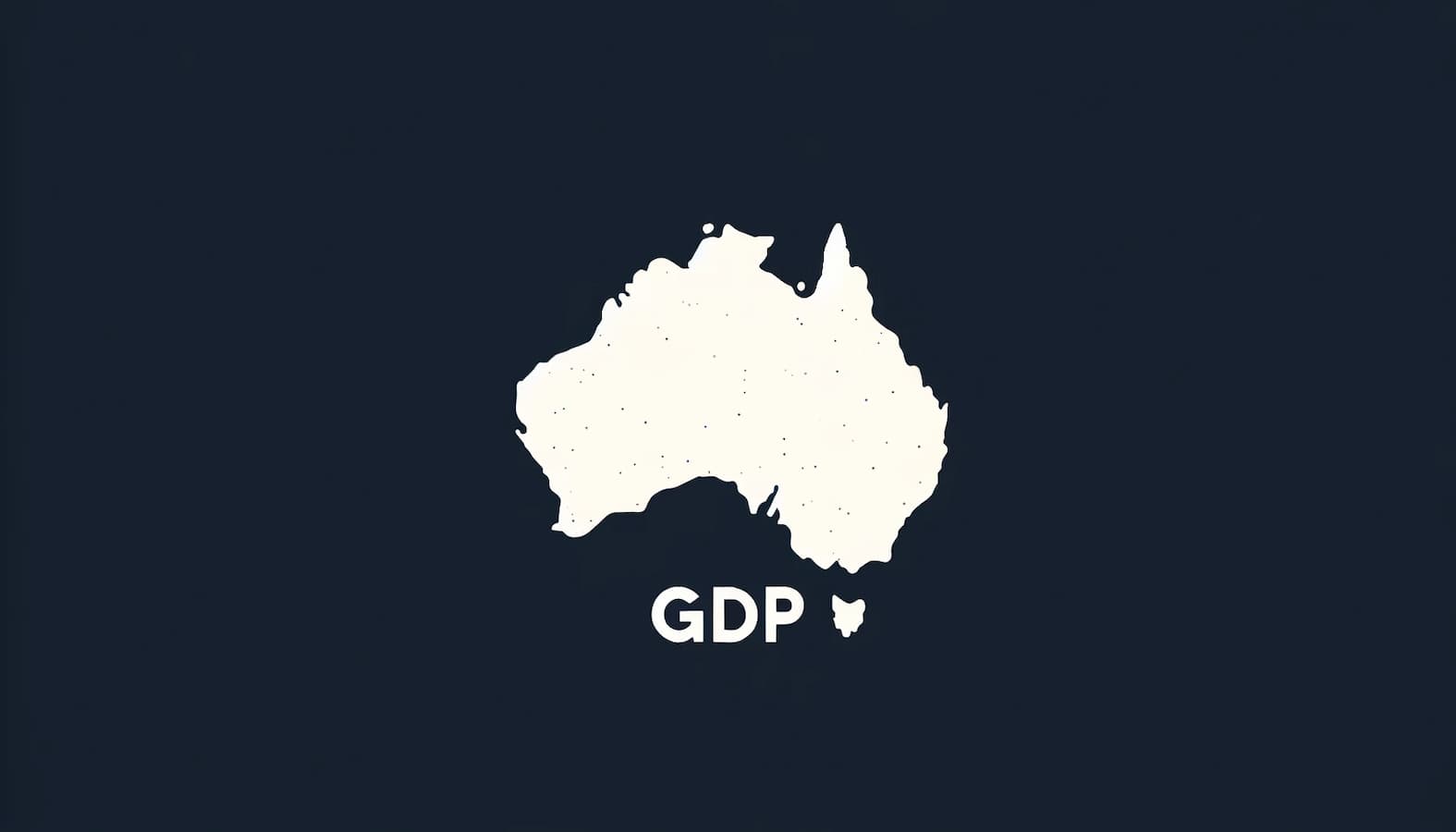
In the first quarter of 2024, Australia's GDP growth fell short of expectations, evidencing the economic strains from persistent high inflation and climbing interest rates. According to the Australian Bureau of Statistics, the GDP increased by just 1.1% year-on-year. This figure was slightly under the anticipated 1.2% and marked a decline from the 1.5% growth recorded in the final quarter of 2023.
Quarter-over-quarter, Australia's GDP saw a marginal increase of 0.1%, which did not meet the expected 0.2%. This reflects a broader trend of weakened consumer spending despite significant governmental support through household benefits and energy subsidies. The efforts to sustain economic stability were further challenged by reduced business investments, with total capital expenditure dropping by 0.9%.
The softening demand in key export markets, particularly China, has continued to dampen Australia's economic outlook, contributing to a 0.9% deduction from the annual GDP figures. This trend underscored the quarter's economic data, which also confirmed Australia's slide into a current account deficit.
As Australia grapples with these economic pressures, the uncertainty around the future of interest rates remains, complicating the Reserve Bank of Australia's policy decisions. This period of economic cooling calls for strategic measures to bolster growth while managing inflationary pressures.
Explore why Australia's GDP in Q1 2024 fell short, impacted by high inflation and rising rates. Assess economic and policy effects
Superior trade execution & trading conditions with the NDD method.

The online FX industry provides a platform for investors worldwide to engage in the buying and selling.

Subscribe to our daily newsletter and get the best forex trading information and markets status updates
Trade within minutes!
Comment (0)